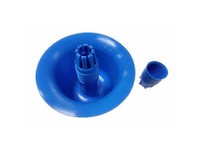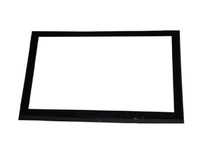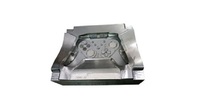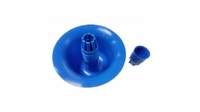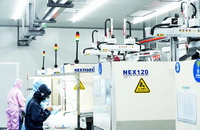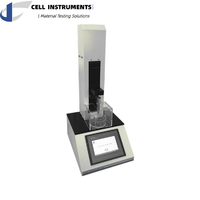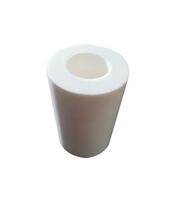As a container for nucleic acid detection, there is a huge amount of consumption every day in the world. How to produce with high efficiency and high quality is a difficult problem for medical
products enterprises.
Medical Test Tube Mold
As a container for nucleic acid detection, there is a huge amount of consumption every day in the world. How to produce with high efficiency and high quality is a difficult problem for medical
products enterprises.
High-quality Medical Test Tube Mold
The Medical Test Tube Mold we have made is highly transparent, has no dent, high control precision, no eccentricity, with Excellent cooling system, reduces the molding cycle.
Basic Information for Medical Test Tube Mold
Test Tube Mold Specification
Description Medical Test Tube Mold
Plastic material PP,PS, PET,PE
Tube specification Φ12.5*75/ Φ12.5*100/Φ13*100
Cavity No 12-64 cav.
Mould size 660*500*478mm(32 cavities)
Mold steel S136
Ejection system Needle valve gate
Ejector system stripper
Molding cycle (S) 8-18s
Mold life Min 5 million
Our Advantages of Making Medical Test Tube Mold
Long mold life, is greatly higher than the low-end mold.
More cost-effective. The test tube mold is improved and optimized by the R&D team, with high technical content and good cost control.
Return on investment is higher. The customer's input and output ratio of nucleic acid test tube mold are several times higher than that of low-end mold.
Product quality is stable. S136 steel imported from Sweden is selected to manufacture, and advanced heat treatment and surface treatment technology are adopted to ensure the durability of the mold
in the environment of high speed and high-pressure injection. Before mold production, mold flow analysis was used to analyze the forming defects of products, and then the mold structure was
adjusted to improve the one-time pass rate of products.
Cavity core with self-locking structure, the same parts in the mold can be interchangeable; Reasonable cooling channel design, strengthen the cooling effect of the mold, effectively shorten the
injection cycle.
What Are The Raw Materials Of Commonly Used Injection Molding Medical Products?
The most commonly used materials in the medical industry, polyvinyl chloride (PVC) and polyethylene (PE) accounted for 28% and 24%, respectively, polystyrene (PS) accounted for 18%, polypropylene
(PP) accounted for 16%, and engineering plastics accounted for 14%. %. In engineering plastics, PET, SAN, PC, PMMA, PA, POM, and other materials are commonly used. These materials all have the
following common characteristics of medical polymer materials:
Good physical and mechanical properties, which can meet the requirements of physiological functions and use environment;
It can withstand the sterilization process without affecting its biological and mechanical properties;
Good molding performance, easy to process into various shapes, and low cost;
The material is medical grade, with less heavy metal content and low content of leaching and leaching substances;
Non-toxic to the body, no pyrogen reaction, no "three causes" (carcinogenic, teratogenic, genetic mutation) effects, does not damage adjacent tissues, does not interfere with the body's immune
mechanism, and does not cause material surface calcification;
When the material is in contact with blood, it has good anticoagulant properties, does not cause hemocytopenia after hemolysis, does not cause protein denaturation in blood, and does not destroy
the formed components of blood;
When the material is implanted into the body, it has sufficient chemical stability and physiological inertness, and the physical and mechanical properties do not change significantly (excluding
degradable materials).
If you need any kinds of plastic injection mold, please contact us, as a professional plastic injection factory, Green Vitality is willing to offer you high quality products.




